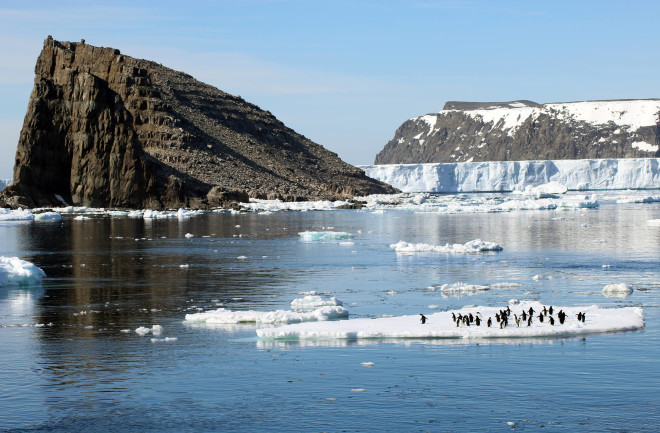Discovering a giant animal colony is a big deal. Discovering two, just miles apart, is crazy. But that’s what scientists found off the Antarctic Peninsula.
Researchers Find Not One, But Two New Giant Penguin Colonies
Holy tuxedo! It’s a penguin-palooza!
By Mark Barna
Jan 1, 2019 6:00 PMJan 3, 2020 11:10 PM

Antarctica's Danger Islands are home to millions of penguins. (Credit: Michael Polito/Louisiana State University)
Newsletter
Sign up for our email newsletter for the latest science news
0 free articles left
Want More? Get unlimited access for as low as $1.99/month
Stay Curious
Sign up for our weekly newsletter and unlock one more article for free.
View our Privacy Policy
Want more?
Keep reading for as low as $1.99!
Already a subscriber?
Find my Subscription
More From Discover
Stay Curious
Subscribe
To The Magazine
Save up to 40% off the cover price when you subscribe to Discover magazine.
Copyright © 2025 LabX Media Group
